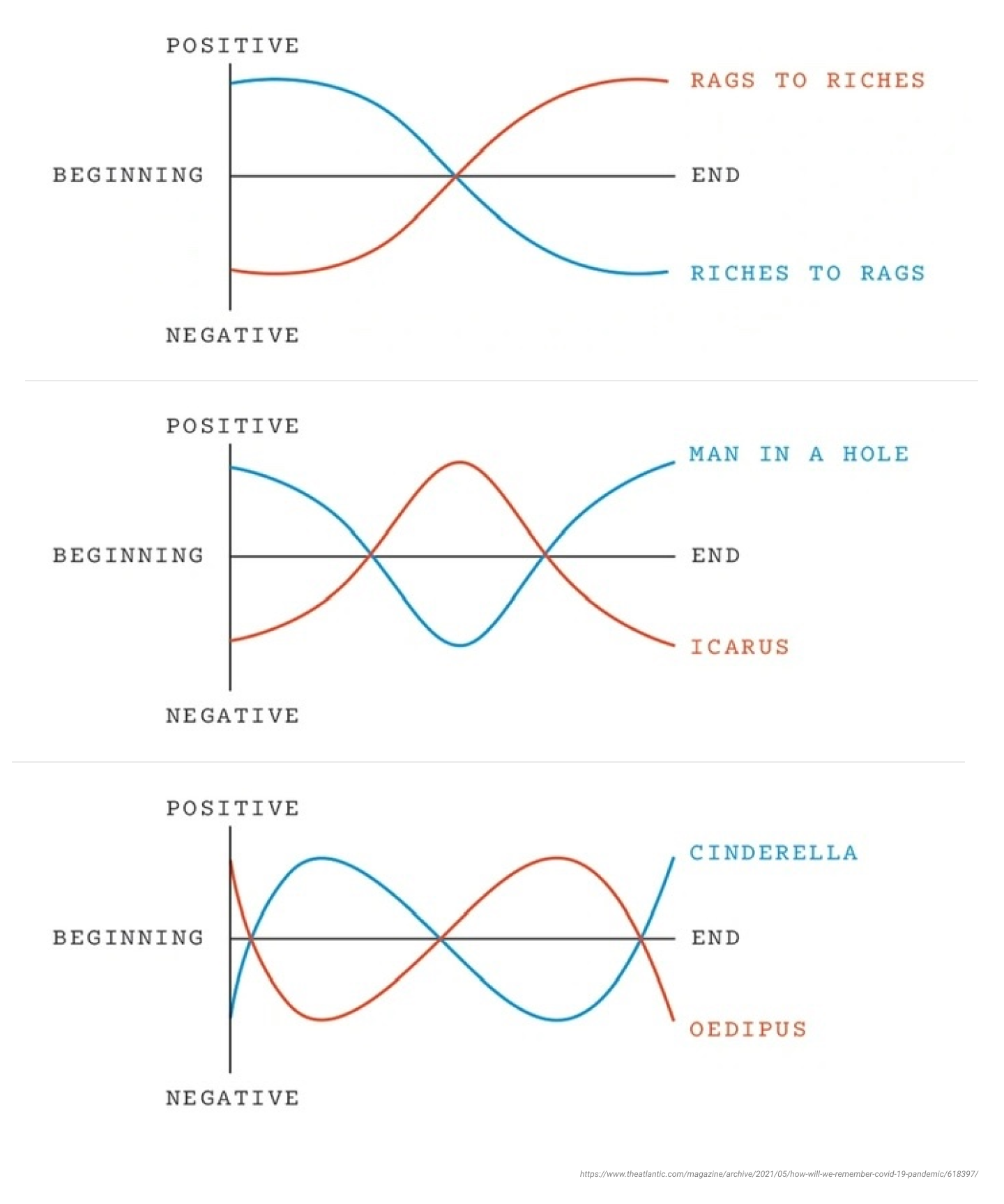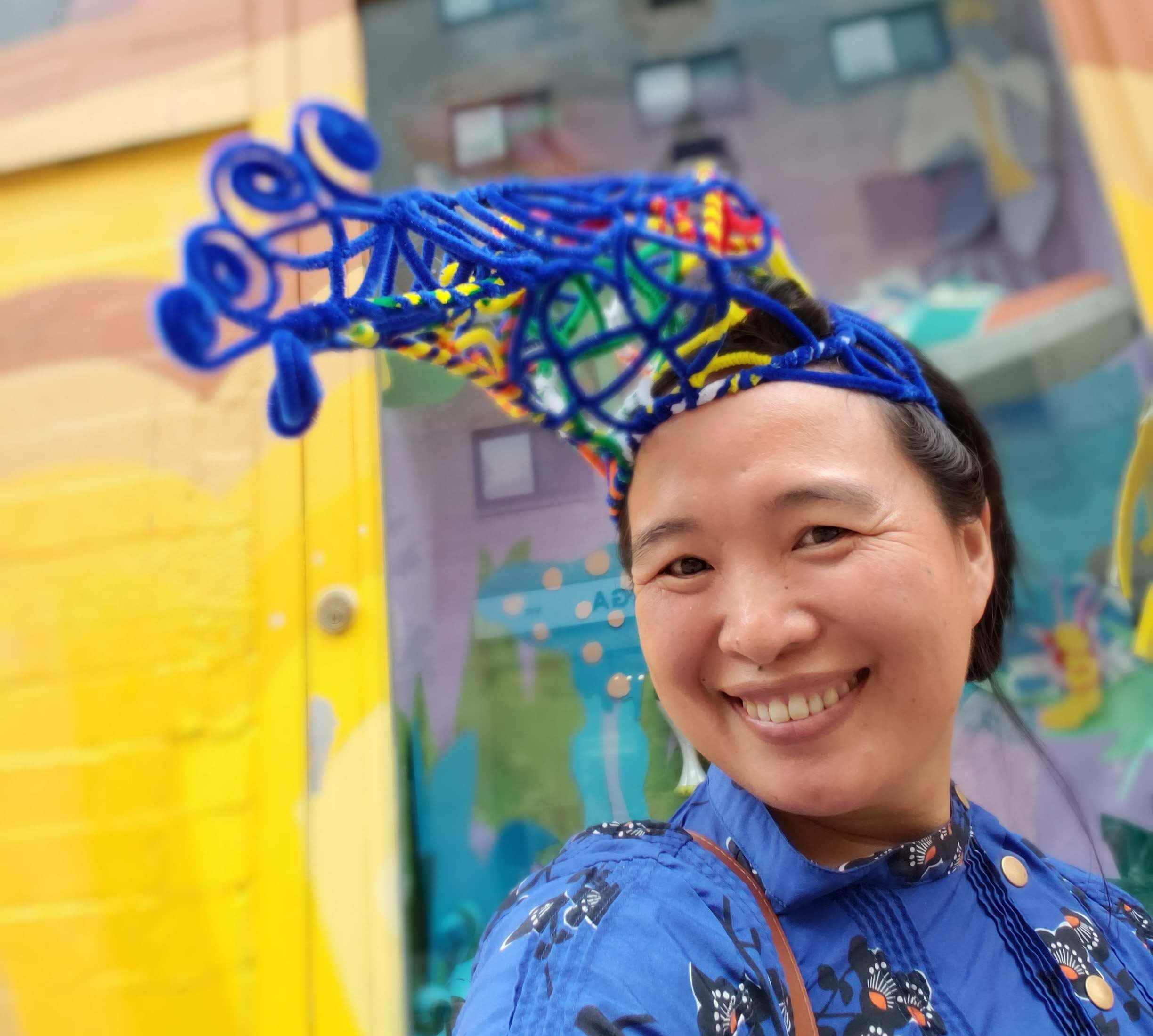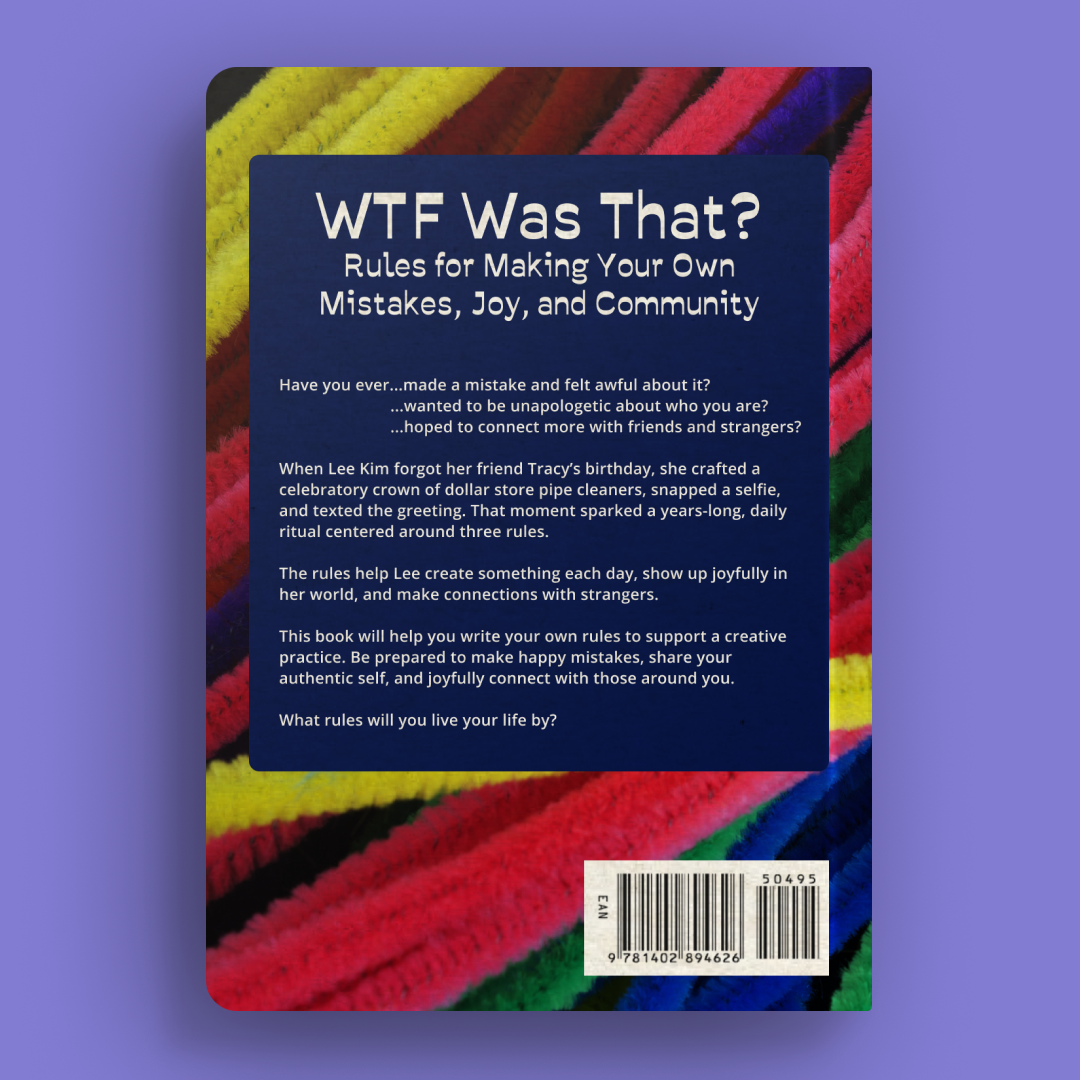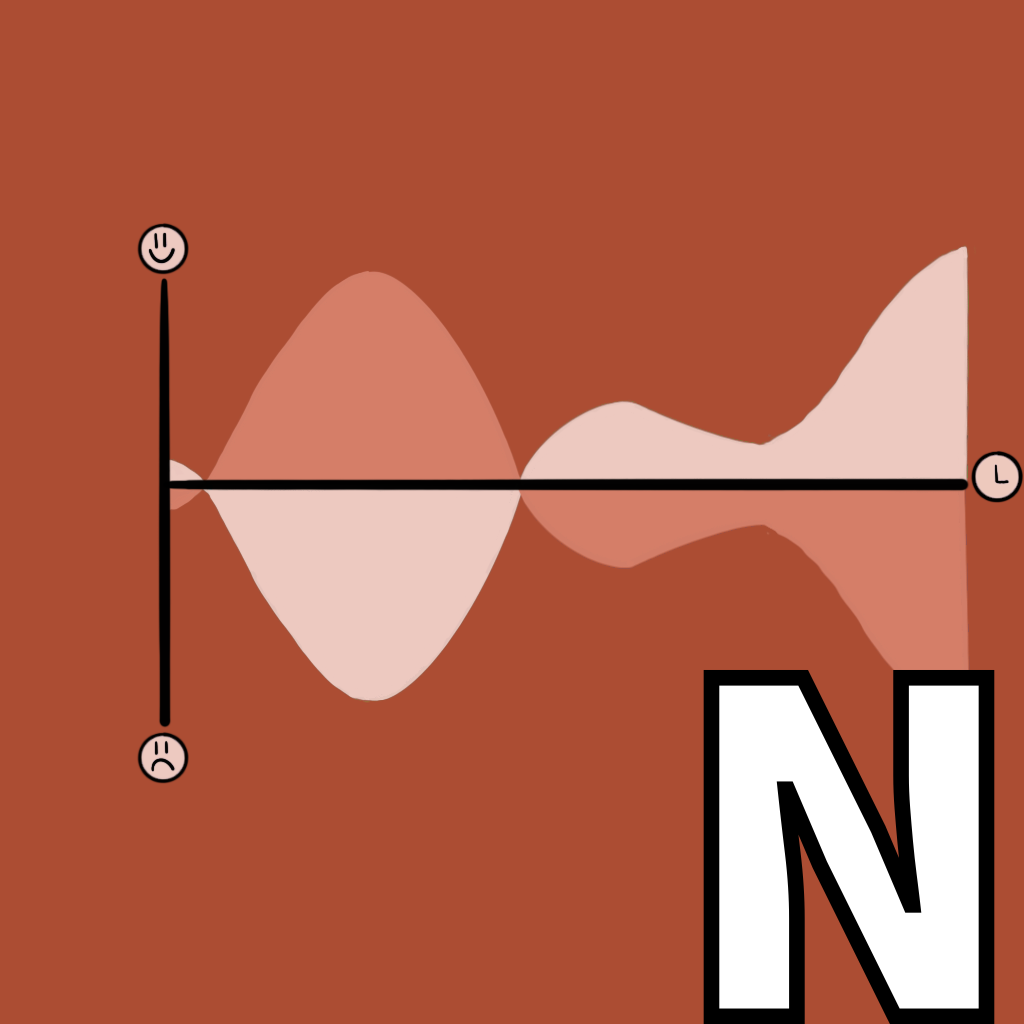ILLUSTRATION
When visualizing a narrative, it’s easy to conflate the concept with imagery of books or writing. The word shape comes to mind when I think of narrative: “shape the narrative” and Kurt Vonnegut’s “Shapes of Stories.”
“There is no reason why the simple shapes of stories can’t be fed into computers”, Kurt Vonnegut remarked in a 1995 lecture. About 20 years later, researchers analyzed data from over 1700 novels to reveal six story types:
- Rags to Riches – a steady rise from bad to good fortune
- Riches to Rags – a fall from good to bad fortune or a tragedy
- Man in a Hole – a fall then a rise in fortune
- Icarus – a rise then a fall in fortune
- Cinderella – a rise, a fall then a rise again
- Oedipus – a fall, a rise then a fall again
What’s more, these six arcs can be grasped in three pairs:
- Rags to Riches + Riches to Rags
- Man in a Hole + Icarus
- Cinderella + Oedipus

Researchers from Emory more recently wondered whether our personal narratives might echo these same fictional story arcs. They invited volunteers to write down their “most positive experience” and “most traumatic experience.” They also solicited anonymous personal narratives online. From 500 subjects came analysis of 3,000 personal narratives. These nonprofessional writers instinctively chose those same six story shapes, with a preference for two shapes that have one emotional inflection point: Man in a Hole and Icarus.
I ended up illustrating Cinderella and Oedipus since those stories and shapes are more complex.
INSPIRATION
Storytelling is close to my heart. I used to lead design at an edtech startup focused on helping high school students tell their stories in the college admissions process. The mission resonated because I wish I knew how to tell my story then and I still struggle to tell my story today.
A narrative transcends a single, straightforward story. A definition above expresses a narrative as “a way of presenting or understanding a situation or series of events that reflects and promotes a particular point of view or set of values.” Unsurprisingly, the concept of narrative finds itself in business, politics, and social justice. If you can change the narrative, you can change the world.
The delayed timing for this Alpha Project was perfect because I’m collaborating with Lee Kim again. I was inspired, and then inspired Lee, about a book concept to go beyond the story told about her in a documentary picked up by The New Yorker.

I identified an additional narrative weaving in imagery of her daughter’s illustrations that inform the pipe cleaner crowns and masks Lee crafts and wears each day. The mother-daughter collaboration is intriguing enough and there’s room to incorporate more stories and insights. When Lee dons the Wearable Tracy, the name given to the pipe cleaner creations, she’s inviting strangers to engage with her. Sometimes she gifts these fascinating fascinators. Sometimes strangers become friends become collaborators.
As a stranger-turned-friend-turned collaborator, I committed to writing the book with her. We’re about two weeks into the Designer-to-Author writing program Kat Vellos leads. You may remember Kat’s name from my Alpha Project on friendship.
CREATION
Our homework for the first two weeks (the perfect length for Alpha Projects!) was to come up with a book blurb of less than 430 characters which is what Amazon previews before you click “read more.” If we wanted extra credit, we could also brainstorm at least 10 book titles or a 3-minute excerpt.
From the writing circle, we’ve learned there’s no one way to draft a book. We start our first assignment by drawing out stories of 30 people Lee’s engaged with through her daily ritual. As Lee recalls these stories aloud, I’m listening to pull out themes and insights.
Based on these, we start with the extra credit of writing book headlines. None of the headlines may end up being the final title but the ideation of these help us build our book blurbs. Lee and I try our versions but aren’t able to finalize them before we next meet with our mastermind group. Presenting our individual blurbs enables us to get feedback on both versions to incorporate into a combined draft.
WTF WAS THAT? RULES FOR MAKING YOUR OWN MISTAKES, JOY, AND COMMUNITY
Have you ever made a mistake and felt awful about it?
Have you ever wanted to be unapologetic about who you are?
Have you ever hoped to connect more with friends and strangers?
You’re not alone; Lee Kim felt the same way. This is the story of how one woman found herself and community by embracing mistakes and creating her own rules.When Lee forgot her friend Tracy’s birthday, she crafted a celebratory crown of dollar store pipe cleaners, snapped a selfie, and texted the greeting. That moment sparked a daily ritual centered around three rules:
- Create something new every day
- Wear it from 9-5
- If someone comments on it, engage in a conversation and ask their name
The rules help Lee make something each day, show up joyfully and unapologetically in her world, and make connections with strangers. Lee has crafted 1,213 crowns (and counting!), brought her creative headwear to 60+ cities, and built 8 curious communities. Lee’s practice takes a dollar and 45 minutes per day but the impact multiplies well beyond that daily commitment.This book will help you write your own rules around a creative practice. Be prepared to make happy mistakes, share your authentic self, and joyfully connect with those around you. You don’t even need pipe cleaners to make it happen!
What rules will you live your life by?
I decided to mock up the description as if it were on the back cover of a book, ignoring the fact a title wouldn’t exist there. I didn’t want to spend too much time on the design since I’m sure a lot will change between now and when we finish the book. The copy looked way too long so I made edits to get to what you see here.

REFLECTION
As I work with Lee on her narrative, it helps her see her stories with a different perspective. I wonder what I might discover about myself if I were to have someone help me review my own story. In small ways, this happens already every day. We tell stories to others and how they respond helps to shape our thinking and how we tell that story in the future.
CONNECTION(S)
For curated links and other content I couldn't fit into this post, subscribe to the email newsletter.
